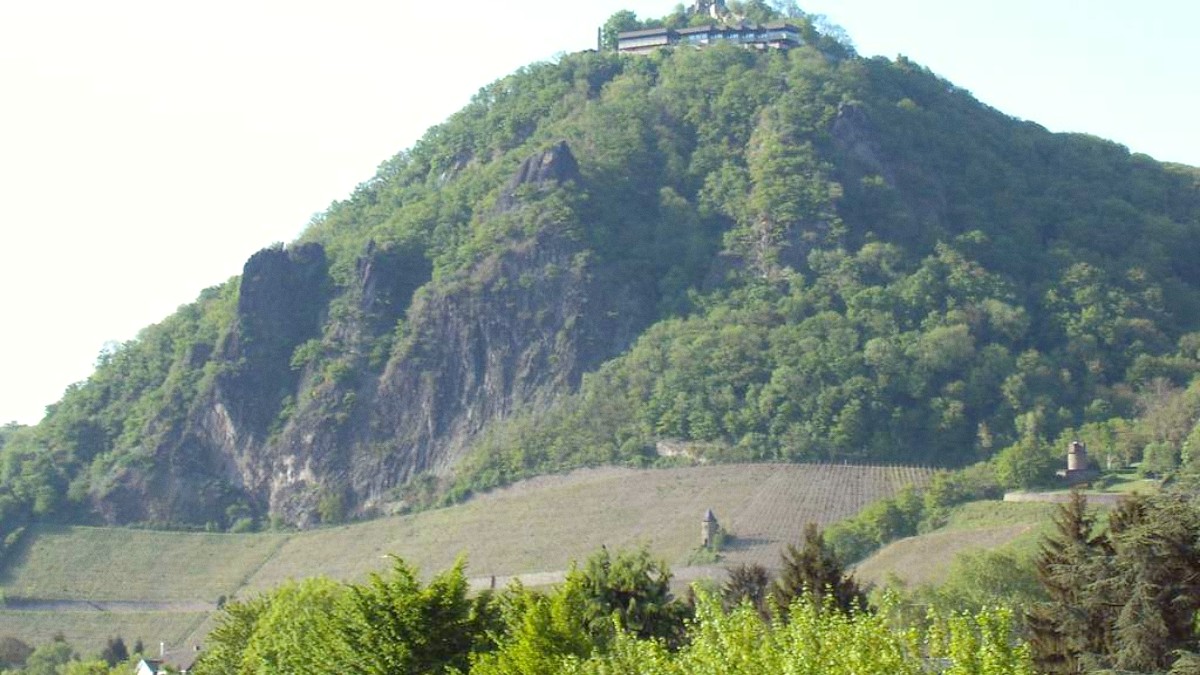
North Rhine Westphalia, Germany
A journey to Bonn will contain moments of discovery, from the birthplace of Ludwig van Beethoven to the serene botanical gardens. This guide assists you in finding the best of Bonn, whether you seek historical insights, cultural events, or simply a pleasant escape.
Bonn is in the west of Germany, within the North Rhine-Westphalia state. It lies on both sides of the Rhine River, mainly on the river's left bank. The city's location holds significance for its character and ease of travel. To the south, the Siebengebirge, a range of ancient volcanic hills, stands, exhibiting natural beauty and viewpoints.
This natural park makes a green backdrop to the urban setting. The Rhine itself is a busy waterway, with cargo ships and tourist boats. This river helps define much of Bonn's landscape, offering scenic promenades and river cruise opportunities.
Bonn has a long and varied history, over two millennia. Its story begins with Roman settlements around 11 BC. The Romans built a large military camp, Castra Bonnensis, setting the groundwork for the city. After the Roman Empire's decline, Bonn grew into a medieval town. In the Middle Ages, it became a significant religious center, marked by the Bonn Minster, a basilica with roots in the 11th century. This church speaks to Bonn's deep historical layers.
A defining period for Bonn was its time as the residential city of the Electors of Cologne, from the 16th to the late 18th century. During this era, the Electors, also archbishops, changed Bonn into a city of baroque splendor. They built the Electoral Palace, which now houses the University of Bonn, and Poppelsdorf Palace, adding grand architecture and a refined courtly life. This period also saw the birth of Ludwig van Beethoven in 1770, a fact that links Bonn to classical music history.
Founding of Castra Bonnensis by the Romans, a military camp.
Bonn Minster construction begins, becoming a religious site.
Electors of Cologne establish grand palaces and courtly life.
Ludwig van Beethoven is born, linking Bonn to music history.
Bonn serves as the provisional capital of the Federal Republic of Germany.
The 19th and early 20th centuries brought industrial growth and social change, but Bonn kept its character as an university town. After World War II, Bonn gained global prominence in an unexpected way. In 1949, it became the provisional capital of the newly founded Federal Republic of Germany (West Germany).
For 41 years, until 1990, Bonn served as the seat of government, parliament, and many federal agencies. This era shaped modern Bonn, bringing diplomatic life, international organizations, and a period of quiet but firm influence on world affairs.
Even after the government moved to Berlin, Bonn held onto some federal institutions and expanded its role as a hub for science, research, and international cooperation, notably with the United Nations. This deep history, from Roman outpost to a modern international city, gives Bonn a special place in Germany's narrative.
Bonn's urban area blends with parks and green spaces. The Hofgarten, a large park in front of the university, and the Rheinaue, an extensive recreational park along the river, offer residents and visitors places for outdoor activities. The city's layout supports easy movement between its historical core, its government quarter, and its residential areas, often with views of the river or the hills.
Bonn today is a city of contrasts and connections. It has many experiences for its visitors.
Its manageable size makes it easy to explore, making a welcoming experience for all who visit.
On the Rhine River in North Rhine-Westphalia, Germany.
Around 330,000 residents, a mix of students, international workers, and locals.
Birthplace of Beethoven, former capital, UN hub, university town.
Bonn has many places of interest for travelers.